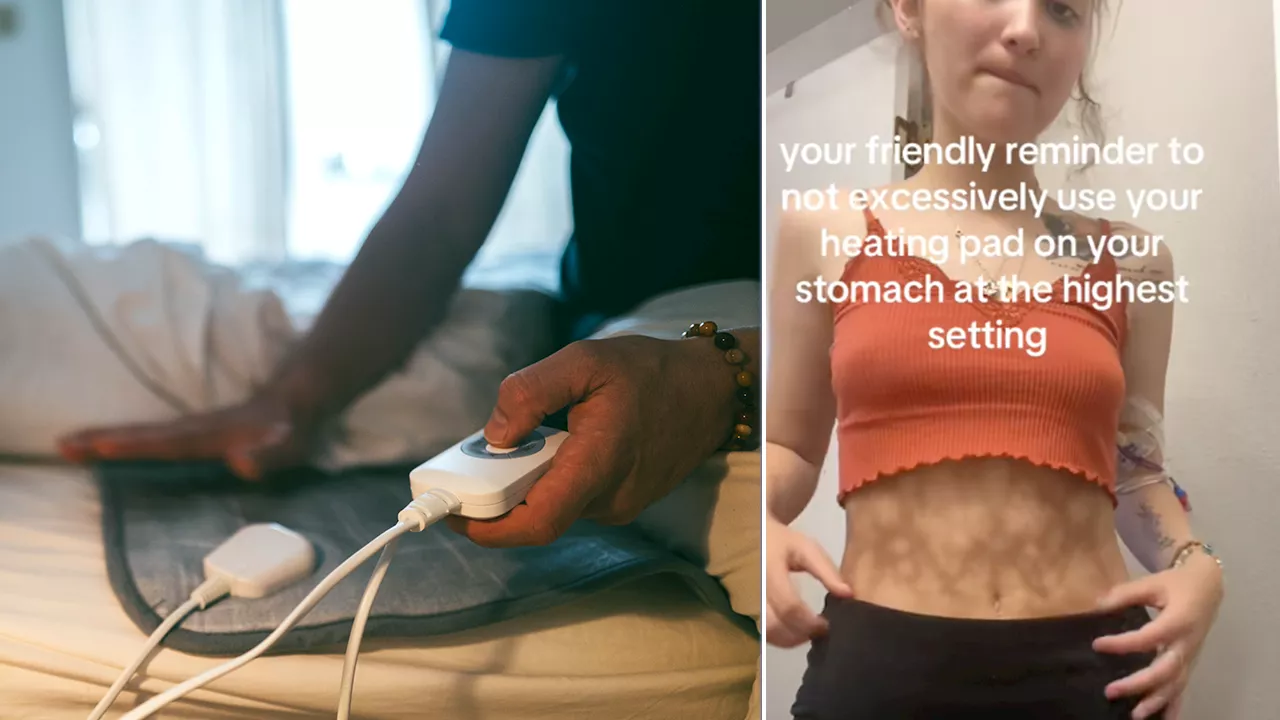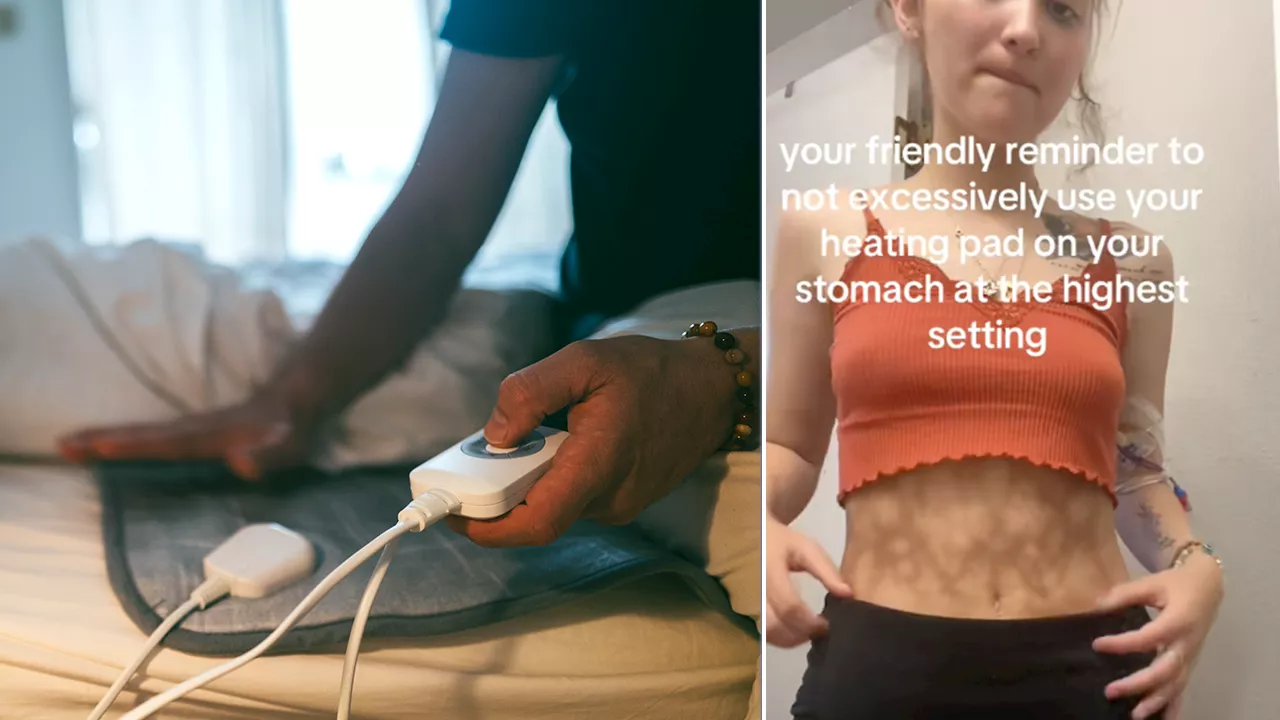This article explores argyria, a rare condition characterized by bluish-gray skin discoloration caused by excessive silver accumulation in the body. Discover its symptoms, causes, and limited treatment options.
Argyria, a rare condition characterized by a bluish-gray or gray skin discoloration , is often associated with prolonged exposure to silver. While small amounts of silver can be found in everyday items like food and drinking water, individuals with argyria have accumulated excessive levels of silver in their bodies over time. This typically stems from exposure to silver-based compounds, such as colloidal silver, which is sometimes used as an alternative medicine treatment.
Symptoms of argyria can manifest in various ways depending on the extent of silver exposure and duration of accumulation. The most common symptom is a bluish-gray or gray tint to the skin, particularly in sun-exposed areas. Other symptoms include darkened fingernails and generalized discoloration. In some cases, argyria can also affect specific body parts (localized argyria) or even the eyes (argyrosis). The condition can also lead to additional symptoms like abdominal pain, fatigue, headaches, and kidney damage.While argyria is not life-threatening, it can cause significant cosmetic concerns. Treatment options are limited, and laser therapy, despite being investigated, has not proven to be effective in improving the appearance of discolored skin. The condition serves as a reminder of the potential long-term effects of silver exposure and the importance of seeking medical advice before using alternative treatments
Argyria Silver Toxicity Skin Discoloration Alternative Medicine Health Conditions
United States Latest News, United States Headlines
Similar News:You can also read news stories similar to this one that we have collected from other news sources.
 Winter Skin Care: Dermatologist-Approved Tips for Keeping Your Skin Hydrated and HealthyWinter can be harsh on your skin, leading to dryness, irritation, and even exacerbating existing skin conditions. This article provides dermatologist-approved tips for protecting your skin during the colder months, including switching to hydrating cleansers and moisturizers, using a humidifier, and protecting the delicate eye area.
Winter Skin Care: Dermatologist-Approved Tips for Keeping Your Skin Hydrated and HealthyWinter can be harsh on your skin, leading to dryness, irritation, and even exacerbating existing skin conditions. This article provides dermatologist-approved tips for protecting your skin during the colder months, including switching to hydrating cleansers and moisturizers, using a humidifier, and protecting the delicate eye area.
Read more »
 L'Oréal Develops Tool to Predict Future Skin ConcernsL'Oréal is launching a new tool called Cell Bioprint that analyzes a person's skin at a biological level to predict future skin concerns. Unlike traditional skin analysis tools, Cell Bioprint measures the presence of specific proteins in the skin, which can indicate a person's likelihood of developing wrinkles, dryness, or other issues in the future. The tool also calculates a person's biological skin age and suggests personalized skincare regimens to optimize long-term skin health.
L'Oréal Develops Tool to Predict Future Skin ConcernsL'Oréal is launching a new tool called Cell Bioprint that analyzes a person's skin at a biological level to predict future skin concerns. Unlike traditional skin analysis tools, Cell Bioprint measures the presence of specific proteins in the skin, which can indicate a person's likelihood of developing wrinkles, dryness, or other issues in the future. The tool also calculates a person's biological skin age and suggests personalized skincare regimens to optimize long-term skin health.
Read more »
 Blue Exorcist Reveals The Blue Night Saga Release Date & PosterA new poster for the highly anticipated Blue Night Saga for Blue Exorcist has been shared, reminding fans about the 2025 release date.
Blue Exorcist Reveals The Blue Night Saga Release Date & PosterA new poster for the highly anticipated Blue Night Saga for Blue Exorcist has been shared, reminding fans about the 2025 release date.
Read more »
 Blue Exorcist Hypes Blue Night Saga With First Trailer: WatchBlue Exorcist returns with a glimpse at the Blue Night Saga's anime phase for excited fans wanting a taste of what's to come.
Blue Exorcist Hypes Blue Night Saga With First Trailer: WatchBlue Exorcist returns with a glimpse at the Blue Night Saga's anime phase for excited fans wanting a taste of what's to come.
Read more »
 Heated Blankets and Pads Can Cause Skin Damage, Experts WarnExperts warn against excessive use of heated blankets and pads, as prolonged exposure to heat can cause 'toasted skin syndrome,' a condition resulting in noticeable skin discoloration. Several users have shared their experiences on social media, displaying discolored patterns on their skin. A dermatologist explains that the condition, officially known as erythema ab igne (EAI), is caused by long-term exposure to heat below the threshold for thermal burn. While seemingly harmless initially, repeated exposure can lead to permanent damage and potentially increase the risk of skin cancer.
Heated Blankets and Pads Can Cause Skin Damage, Experts WarnExperts warn against excessive use of heated blankets and pads, as prolonged exposure to heat can cause 'toasted skin syndrome,' a condition resulting in noticeable skin discoloration. Several users have shared their experiences on social media, displaying discolored patterns on their skin. A dermatologist explains that the condition, officially known as erythema ab igne (EAI), is caused by long-term exposure to heat below the threshold for thermal burn. While seemingly harmless initially, repeated exposure can lead to permanent damage and potentially increase the risk of skin cancer.
Read more »
 Heated Blankets and Heating Pads Can Cause Skin Damage: Experts WarnToo much exposure to high heat from heated blankets and heating pads can cause toasted skin syndrome, a condition that results in noticeable skin discoloration. Social media users have shared their experiences with the syndrome, displaying discolored patterns on their skin. Dermatologists warn that repeated exposure to heat, even below the threshold for a thermal burn, can lead to permanent damage and increase the risk of skin cancer.
Heated Blankets and Heating Pads Can Cause Skin Damage: Experts WarnToo much exposure to high heat from heated blankets and heating pads can cause toasted skin syndrome, a condition that results in noticeable skin discoloration. Social media users have shared their experiences with the syndrome, displaying discolored patterns on their skin. Dermatologists warn that repeated exposure to heat, even below the threshold for a thermal burn, can lead to permanent damage and increase the risk of skin cancer.
Read more »
